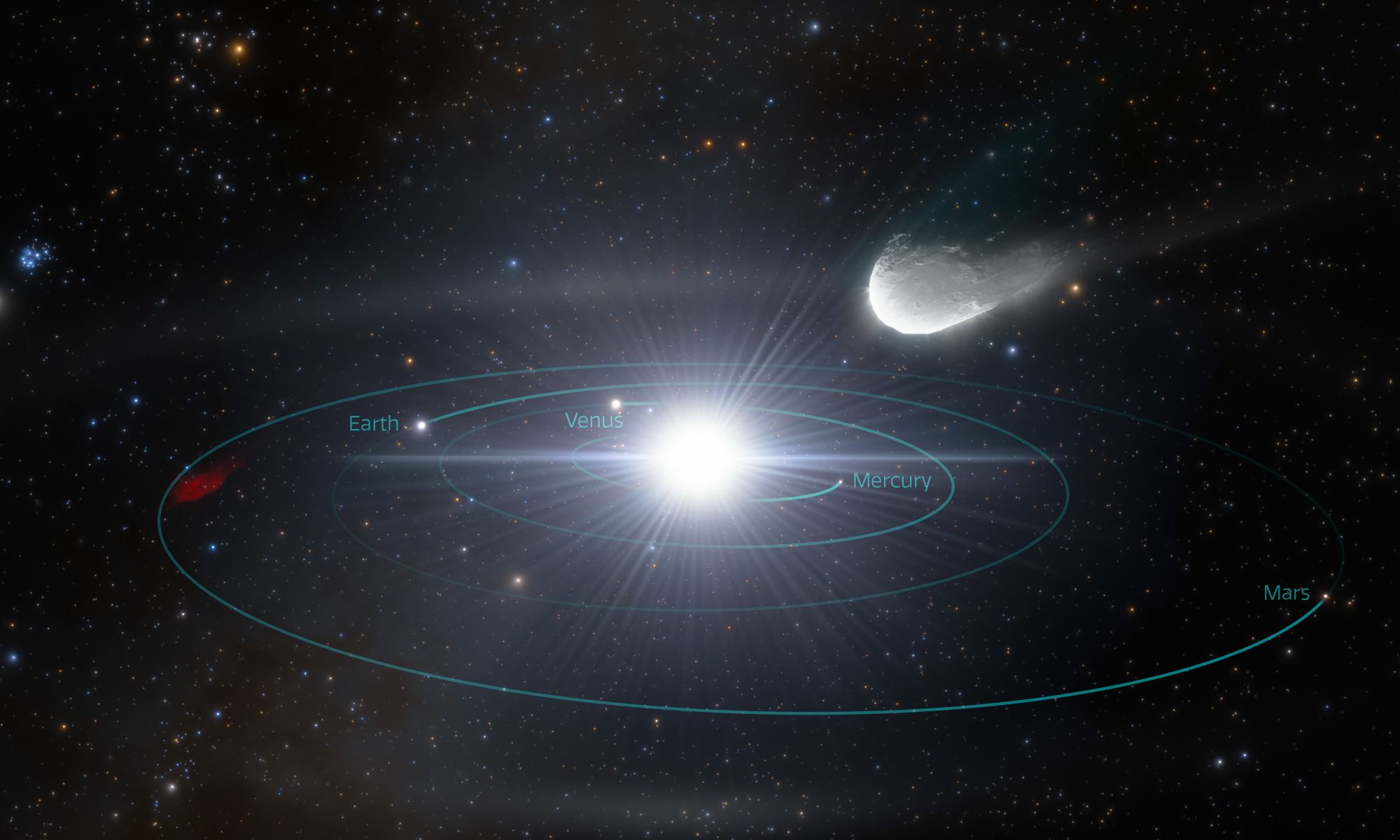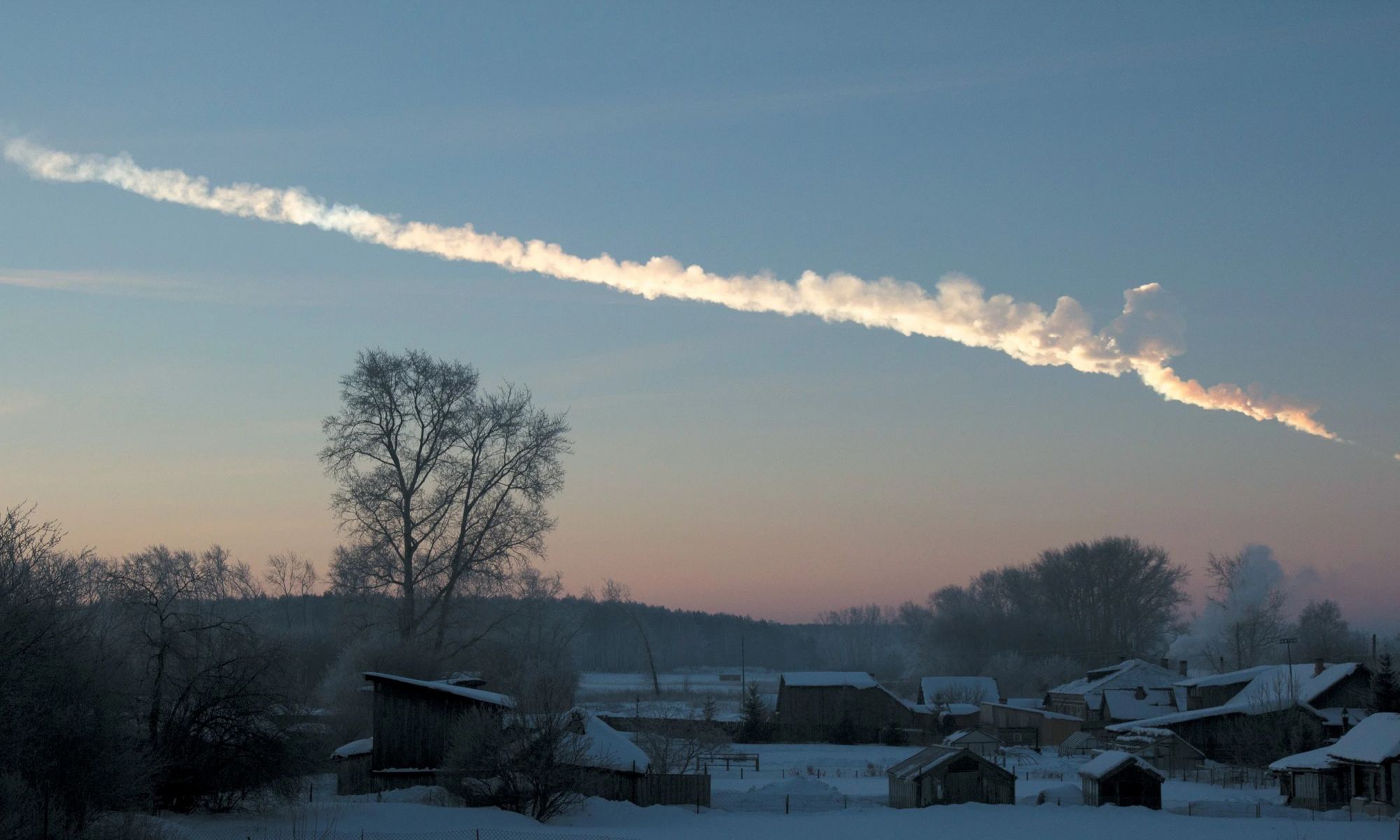When NASA’s DART mission intentionally slammed into Dimorphos in September 2022, the orbit of the moonlet was altered. Researchers have studied the photos and data taken by DART before its impact, learning more about the geology of the Didymos/Dimorphos system. They have now estimated the surface age of both the asteroid and its moon. The asteroid Didymos has a surface age of 12.5 million years, while the moon Dimorphos is only 300,000 years old.
Additionally, the DART researchers concluded both Didymos and Dimorphos are rubble piles, with Dimorphos likely inheriting its boulders from Didymos.
“It’s a pile of gravel and boulders (and some sand/dust) held together by its own gravity, and really not anything else,” said Andy Rivkin, DART investigation team co-lead at the Johns Hopkins Applied Physics Lab (APL), on Bluesky. “There’s really no cohesion between different pieces of gravel or rocks on Dimorphos.”
Continue reading “The Surface of Dimorphos is Surprisingly New”










